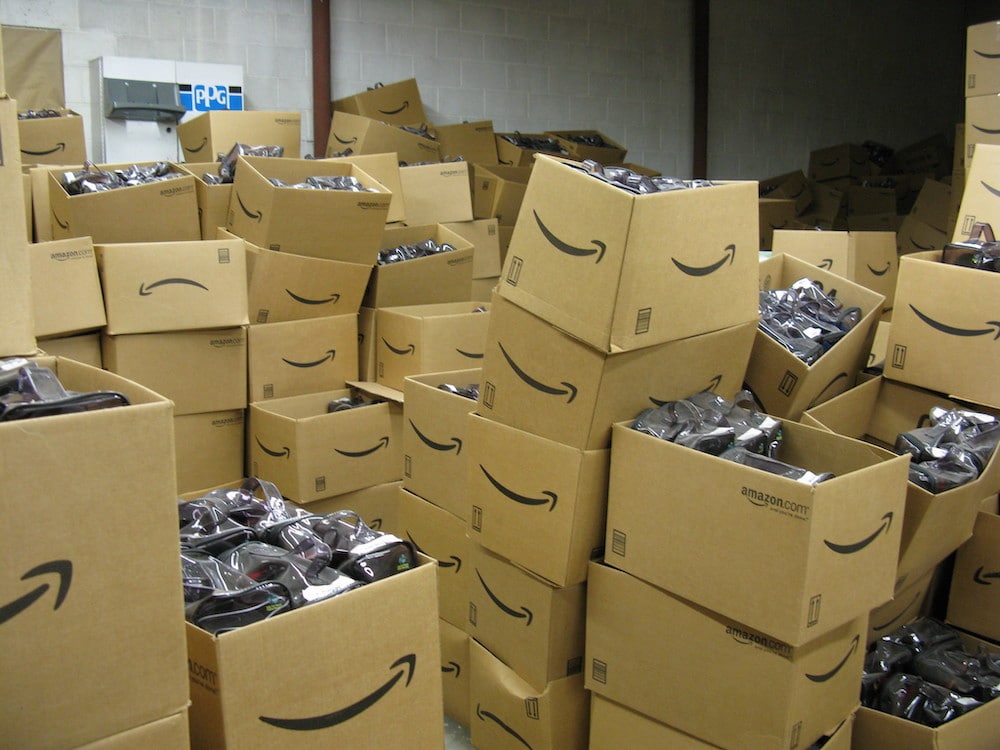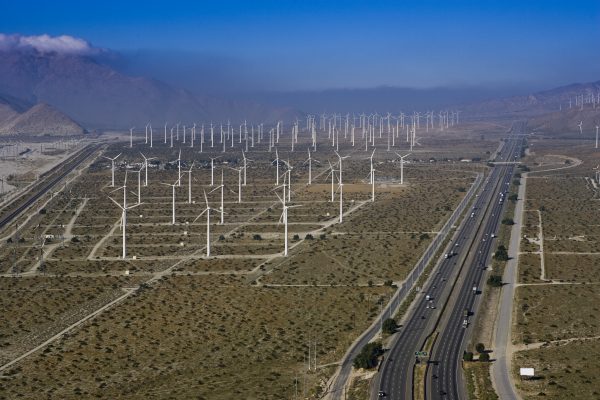Daron Acemoglu is right that the future is not inevitable: AI developments reflect economic and political decisions that we have the power to change. But the problems go beyond the abstractions of democracy and liberty. Largely missing from his essay is an awareness of the way these developments affect the day-to-day life of workers in a highly unequal and racialized society. Any program of redirection must put these concerns front and center—and make workers’ rights a nonnegotiable priority.
The markers of inequality are everywhere. Corporations invest in technology to reduce workers’ share in profits, and as working people struggle, the wealthy respond by prioritizing investments in security, policing, and militarization. As a result, we see expensive and unnecessary technological advances that are primarily designed for control, punishment, and profit extraction: face recognition, worker surveillance, smart borders, just-in-time scheduling, predictive policing, risk assessments, and automated worker discipline. The use of technology to enforce social control, particularly against Black and brown people, has a long and violent history in the United States. For workers, this history goes back to slavery and the plantation and was then formalized in the practices of so-called scientific management, which established control over a worker’s every move.
People working in low-wage jobs confront these technologies in every facet of their lives. Today these workers face continuous monitoring and discipline on the job, only to return to a neighborhood under constant police surveillance. They try to piece together a living wage with just-in-time scheduling or gig work, but when they inevitably fail and try to access public benefits, they are subjected to faulty fraud detection algorithms. Meanwhile immigrant workers subjected to technologically enforced work quotas must also confront surveillance by the Department of Homeland Security.
The system is relentless and crushing. Just listen to how one worker puts it. “In this country, they are willing to do anything to ensure Black people don’t lead a joyful, fruitful life,” Courtenay Brown, an Amazon Associate and leader with United for Respect, told one of us in a recent interview. “If they can’t put you in prison, they are going to lock you away in a workplace that treats you as if you are. The system wasn’t built for us—it was meant to control us. This is another means to keep us trapped.”
This brutal reality is normalized through a dangerous and persistent narrative that weaponizes race. Mainstream media reinforces and amplifies this story, using all-too-familiar racist tropes. Low-wage workers are lazy and lack the skills for better pay; people experiencing poverty steal, making the rest of society unsafe—and when people turn to social benefits, they cheat. Almost always, here in the United States, the workers in this story are people of color. The wealthy and powerful use these narratives to craft public policy that meets their need for low-cost labor and low taxes. The result is a punishing, untenable reality for all working-class people—Black and brown people bearing the overwhelming brunt.
Without strong labor protections and labor organizations, corporations use new technologies to systematically extract maximum value and profit from workers. These high-tech, low-road tactics include scaling up on-demand and just-in-time labor models to decrease wages and offset risk; deskilling jobs to lower wages and decrease the cost of high turnover; and worker surveillance and automated management to increase the pace of work. While the resulting job loss and deskilling are important, the harms are not abstract: this is a staggerly inhumane model that maximizes daily degradation, instability, and exhaustion.
Walmart—the world’s largest company by revenue—was an early pioneer in utilizing centralized scheduling algorithms to match work schedules to peak customer hours, ensuring that workers did not cross the hours threshold that would make them eligible for full-time benefits. In 2017 the company began introducing robots to monitor inventory but rolled back that expansion last year. (Some analysts suspected that Walmart found it cheaper to use low-cost labor.) As the multinational corporation expanded during the pandemic, it doubled down on the use of cheap, temporary labor by leveraging lower paid, temporary Instacart workers. And while Walmart has experimented with this technology, staffing levels in many places have plummeted, adding stress and strain to already overworked and underpaid workers.
Nowhere is the punitive potential of technology more glaring than at Amazon, the world’s second largest retailer. Warehouse workers are under constant pressure to meet draconian productivity quotas (called their “rate”) and minimize their “time off task.” Every minute is tracked, and every task is timed. A scanner tells workers exactly where to go, gives them mere seconds to get there, and then orders them to the next task. If a worker takes longer than the time they are given, that time is added to their time off task. At the end of the day, if their rate falls below an arbitrary threshold, they are disciplined and eventually fired. This constant surveillance causes workers stress, anxiety, and depression.
Beyond their inhumane forms of labor extraction, these practices also introduce other social costs. Amazon’s injury rate is double the industry average, and a recent study found that 75 percent of workers were injured as a result of trying to make rate. In newer warehouses, where robots enforce a faster pace and demand repetitive motion, injuries are even higher. This state of affairs contributes to a high turnover rate, with the costs of unemployment offloaded onto workers’ families and the public. During the pandemic, Amazon also announced its vast network of warehouse cameras would be upgraded and used to detect social distancing. Instead of using the technology to protect workers, Amazon immediately began disciplining them for distancing violations.
On top of all this, these technologies directly undermine the ability of workers to speak out and to organize. Amazon and Whole Foods have both used intelligence analysts to monitor social media accounts of their army of low-wage workers and impede unionizing efforts. And as COVID-19 raged through warehouses, Amazon used rate, time off task, and social distance monitoring to find reasons to discipline workers who spoke out about health and safety conditions.
Workers have demanded an end to these punitive practices, and we should stand with them. Unless we act to stop ballooning corporate power, these punishing labor practices will become the norm.
How should we rewrite the rules? Workplaces themselves should be sites of democratic decision-making. After all, workers are the closest to the problems, and they know what works. While some of these technologies are new, the underlying, exploitative labor practices have existed for decades—corporate employers are simply accelerating them through technology.
We thus face an important choice. We can establish worker power and worker rights in the workplace to upend predatory models, or we risk accelerating an economic system that undermines all working people, concentrates wealth, and compounds the racial inequalities that were integral to the founding of this country.
We need policies that establish robust worker rights for the twenty-first century. To start, we can make permanent the Essential Workers Bill of Rights, establish a task force of workers to guide pandemic recovery and our future economy, ensure stable schedules and access to full-time hours, and crucially, when it comes to the advance of AI, establish worker technology rights.
As long as our country prioritizes investment in security and enables exploitative business models, our technologies will mirror those incentives. We must rewrite the rules of the economy to incentivize good jobs, defund policing and militarization, force corporations to pay their fair share, and invest economic gains for a healthier future. Without these structural changes, no amount of AI ethics or corporate good will reverse the current trends.
The authors thank Seeta Peña Gangadharan and Mariah Montgomery for feedback and Ayele Hunt, Sheheryar Kaoosji, Brian Callaci, Strea Sanchez, Courtenay Brown, Aiha Nguyen, and Gabrielle Rejouis for contributing to our thinking.








